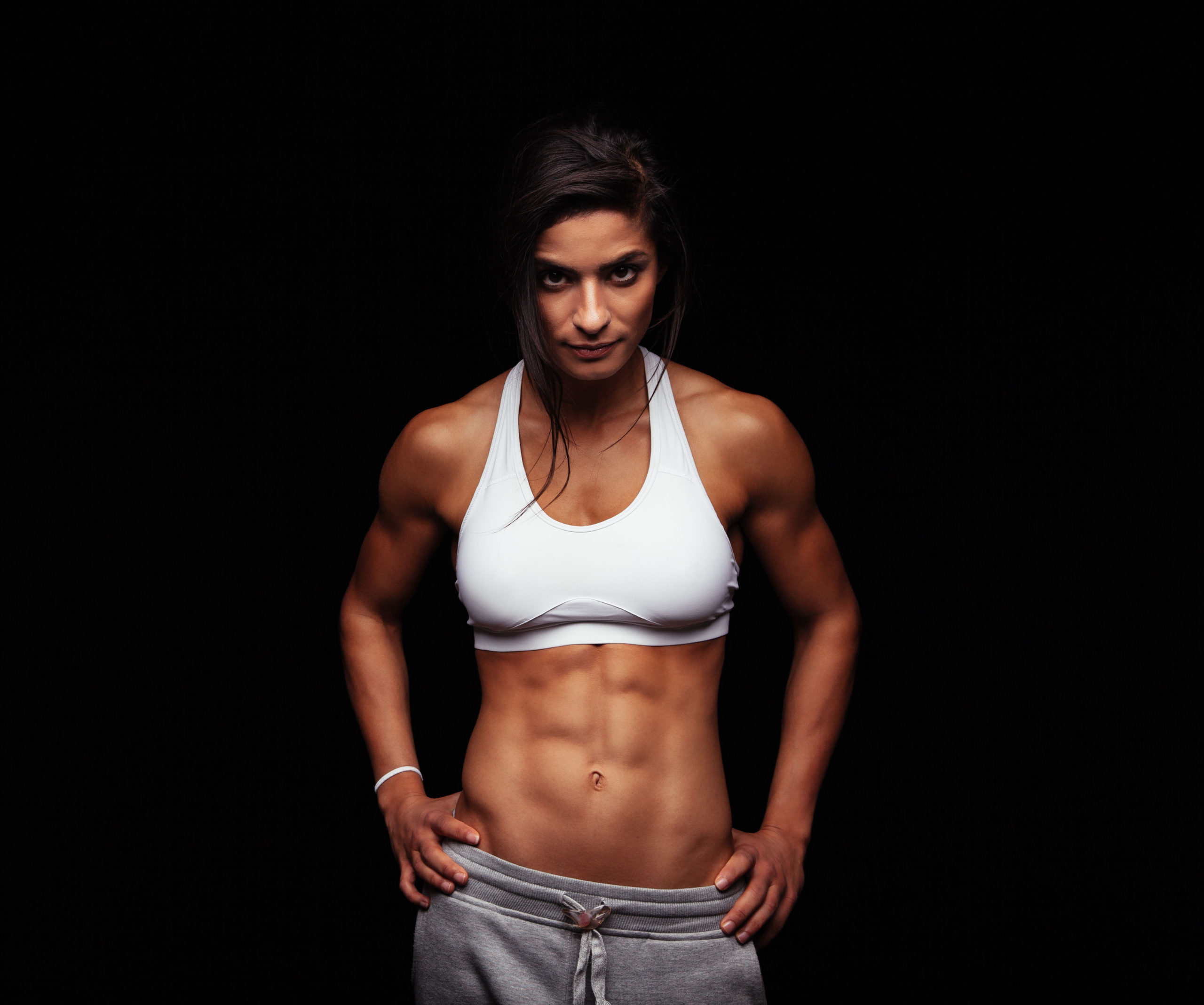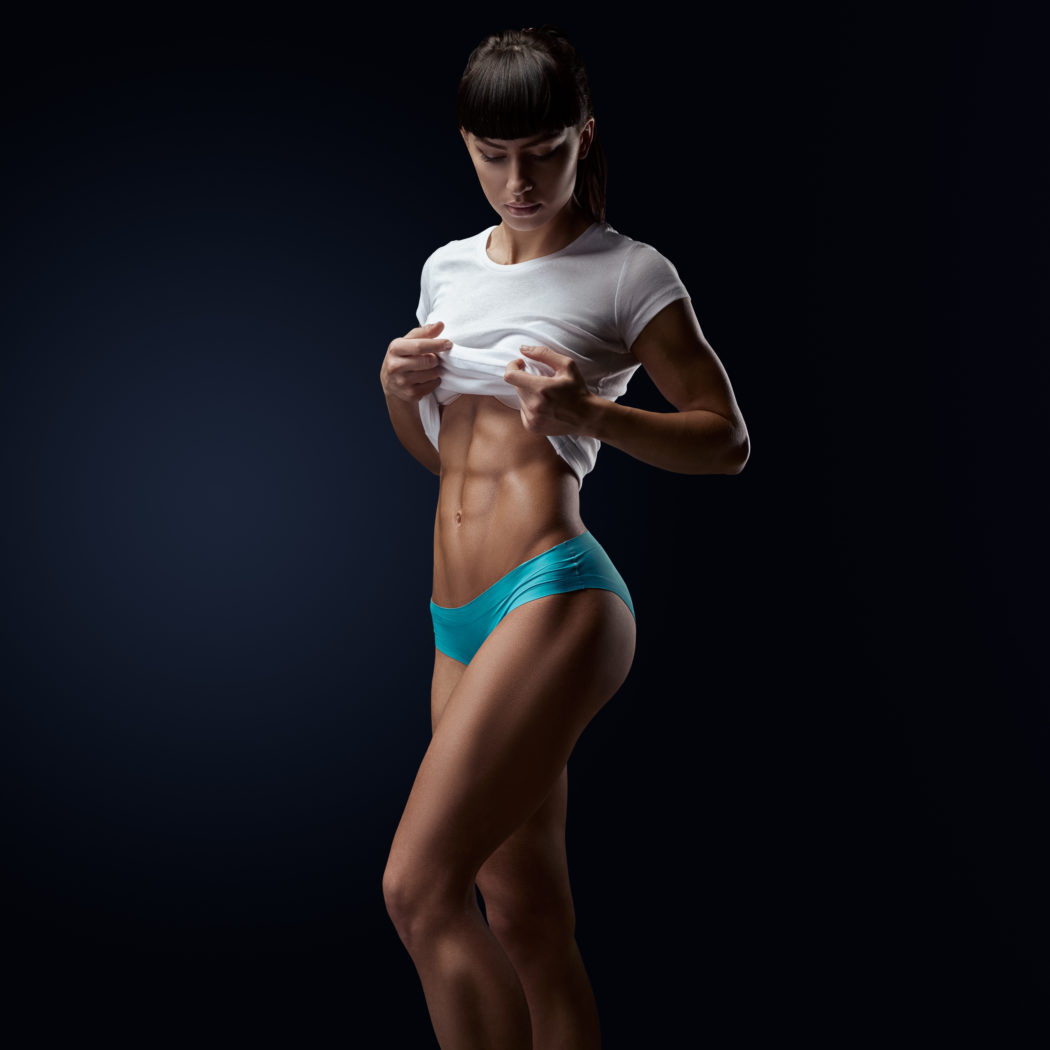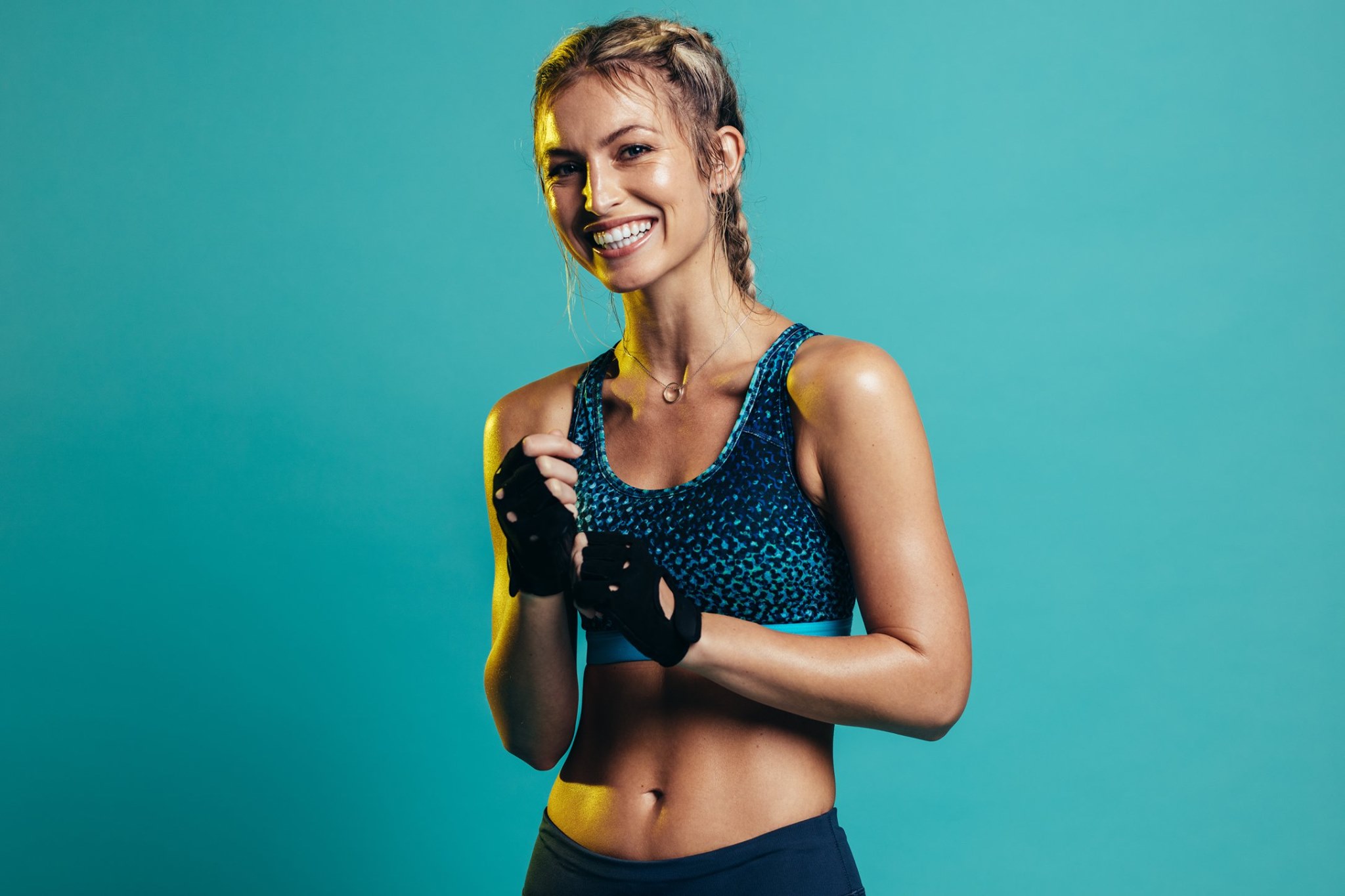
If you aspire to represent health, fitness, presentation, poise, personality, confidence, beauty and intelligence, and possess the cover model looks, then you can grace the cover of Health and Fitness Magazine. Its time to think in terms of performance and pro athletes.
Simplistically put, exercises that load the spine produce the most amount of stress across the entire body and lead to an enhanced endocrine response. Research shows that the testosterone response to acute training in women (if it occurs at all) is small however there are still significant increases in serum GH levels in women. This is especially true when rest is short (1min.) and a 10RM resistance was used. In light of this, GH becomes arguably the most important anabolic hormone in women. It is essential therefore to use an exercise protocol that stimulates the largest GH response to enable the hypertrophy of muscle fibres which will provide added shape to body parts. The key to achieve this is the use of moderate to high intensity and volume with short rest intervals. The induced elevation in serum GH will enable an increased transport of amino acids across cell membranes and the resultant increase in protein synthesis. The role of GH goes further than simply helping to build muscle and shape body parts though. It also helps with increasing lipolysis (fat breakdown) and increased utilisation of fatty acids which is essential when trying to lose body fat in your quest for the cover model look. It’s also worth noting whilst on a fat loss focus that as these compound lifts use a larger number of muscle fibres and so increase calorie expenditure as more muscle mass is using energy to contract. Such lifts also ramp up metabolism throughout the day due to the anabolic recovery and adaptation processes they have set in motion.
Begin with Structural Exercises: Any exercise that require you to move more than one joint at a time comes down to the big six. Talking in terms of exercise and body toning, the staple lifts of any athletic performance programme will be any combination of the following exercises; squats, deadlifts, over head press and Olympic lifts. These are all multi-joint, structural exercises (those that load the spine directly or indirectly) and the majority of them involve the lower body to a large degree. These exercises produce great results in performance and aesthetics and therefore should undoubtedly form the foundations of any workout plan, so make sure you are doing them. Combining moves, such as a dumbbell squat with a shoulder press, uses more muscle groups — quads, glutes, delts, triceps and traps — in an efficient way.

Perform additional accessory exercises after the structural exercise: After the main lifts have been performed (using the GH maximising protocol: 10RM, 60 second rest), serum concentrations of GH are elevated. This means that the effect of all subsequent exercises performed are heightened! Use these exercises to specifically target certain muscle groups by adding extra work/volume in this newly created optimal environment. This is an effective way of bringing up lagging body parts to achieve that balanced look.
Get some conditioning done: Bear in mind that being lean and lacking in muscle mass and shape (as long distance athletes are) is not the way a cover model looks. Think about an endurance athlete such as Paula Radcliffe and more of a power athlete such as Jessica Ennis, who looks more like a cover model and healthier? Get sprinting, flipping tyres, boxing, swinging sledgehammers and kettlebells, go run some hills and pull some heavy sleds. Not only do these types of conditioning sessions take less time, help to build muscle and not compromise strength and power, but they also burn more calories! The calories that are used for energy explicitly to perform the activity are only a part of the equation. The other part is often forgotten about by many people looking to get in shape. The raised metabolic demands placed on the body in the recovery period (think EPOC, tissue repair and remodelling to get a basic idea) mean you burn more calories throughout the day after a high intensity conditioning session then from a long slow run on a treadmill.
Split your Workout: Another way to interject variety is by changing the composition of your routine. If, for example, you work your back and chest on Monday, shoulders and arms on Wednesday, and legs on Friday, switch things around so you train shoulders, chest and triceps on Monday, legs on Wednesday, and back and biceps on Friday. Or perhaps split your routine into four days, performing shoulders and triceps on Monday, back and hamstrings on Tuesday, chest and biceps on Thursday and quadriceps and calves on Friday. You could even employ a total body workout where each major muscle group is trained with only one basic exercise. As you can see, by using a little ingenuity, the possibilities for variation are endless.

Safety and Precautions: Don’t ignore. Since structural exercises are spine intense, be cautious with your repetitions. Focus on the quality of the exercise, not necessarily the quantity of repetitions. Remember to start with a lighter weight, working your way to a heavier amount to avoid injury. Always use the proper form for each exercise. If you’re unsure about form, ask a personal trainer. When working with weights, have a spotter, unless you’re working on a machine.
Remember, no amount of workout will reveal great body unless your nutrition is on track! Keep it clean and you’ll have a great body! Good luck!
Things to Remember
- Perform the structural lifts first as they produce a greater stress response and enhance the rest of the workout.
- Use a rep range and rest period to further optimise GH levels (8-12 reps, 60 seconds rest).
- Get some high intensity conditioning done, and,
- Always look to increase the weight lifted. Use an 8RM (lower limit) weight until you to attain the upper limit (in this case 12 reps) then increase the weight by say 1-2kg. You will find that your reps on the new weight will drop down to say 8 again. Use this weight until you can lift it for 12 before you increase the weight again. On the whole, continued improvement lies in progressive weight on the bar, even for women.
Disclaimer
The Content is not intended to be a substitute for professional medical advice, diagnosis, or treatment. Always seek the advice of your physician or other qualified health provider with any questions you may have regarding a medical condition.